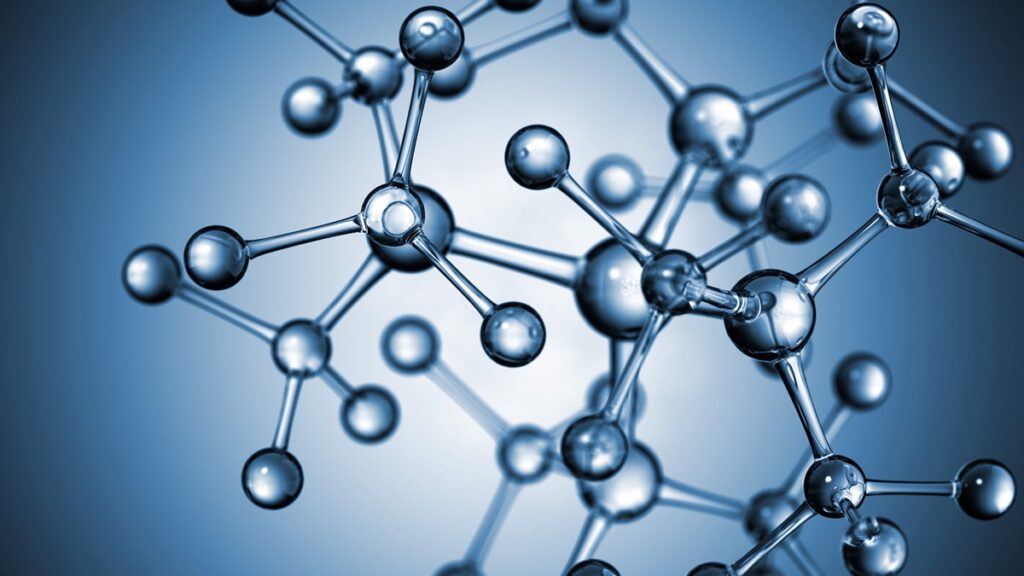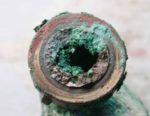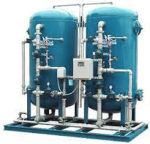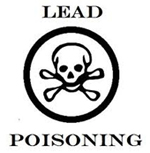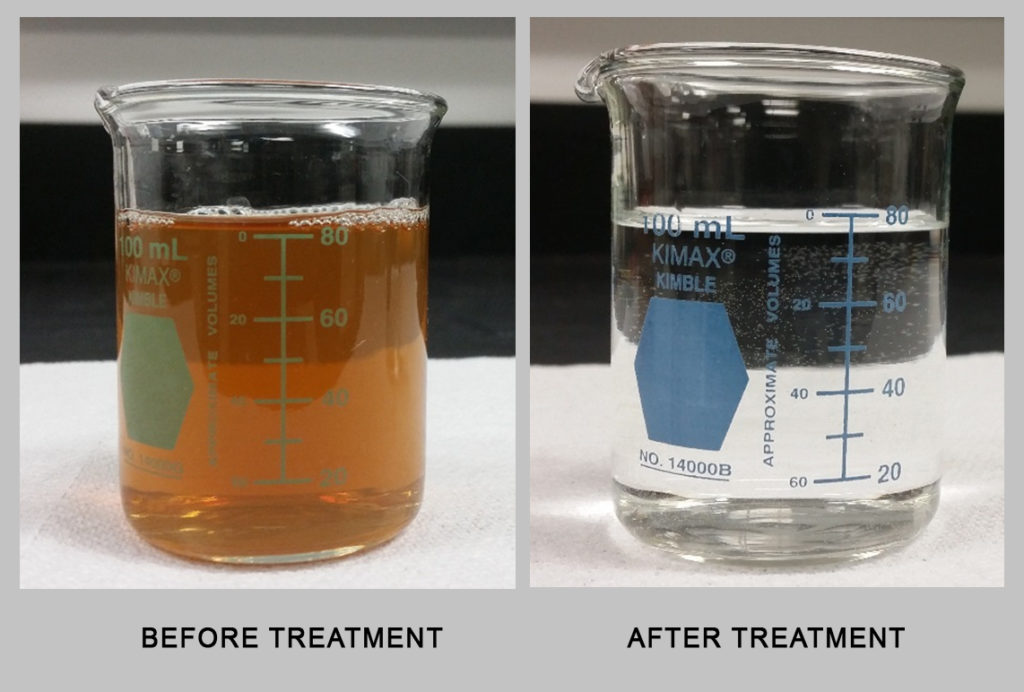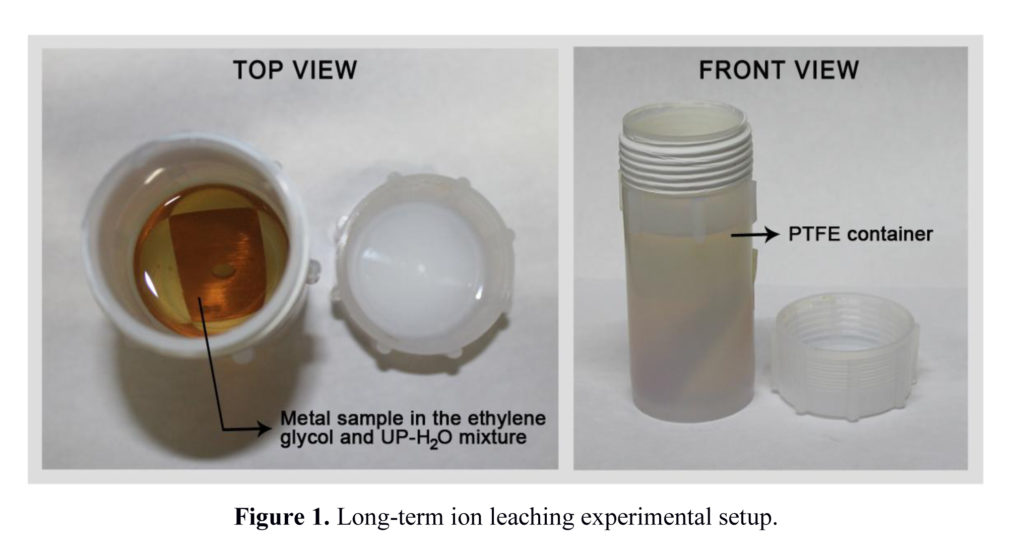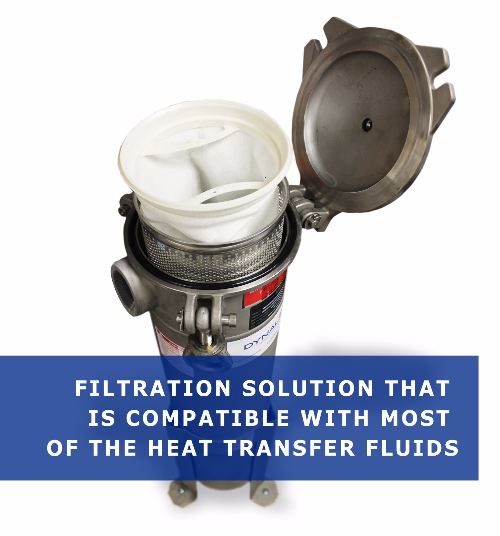Ion Exchange Cartridges for Low Electrical Conductivity Coolants
Ion Exchange Cartridges for Low Electrical Conductivity Coolants Introduction Liquid cooling of thermally sensitive electronic components is more efficient than air cooling due to its superior heat transfer properties. Glycol/water-based low electrical conductivity coolants, such as the Dynalene LC family of fluids, offer superior indirect cooling for various applications, including fuel cells, batteries, electric vehicles, […]
Ion Exchange Cartridges for Low Electrical Conductivity Coolants Read More »


